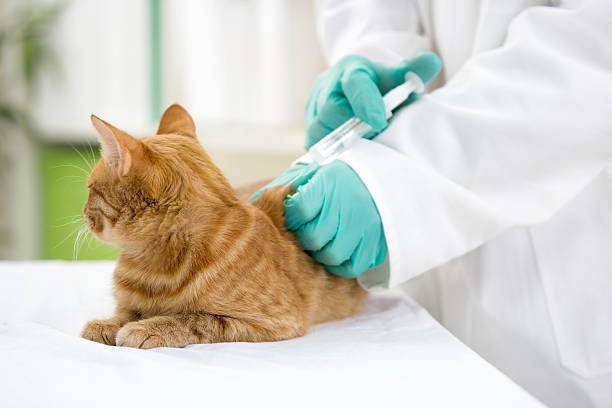Table of Contents
What Are The Diabetic Cat Behavior?
Diabetes mellitus affects not only people; this disease is also diagnosed in cats. You can find out if your pet has this disease from a veterinarian. The symptoms and treatment of diabetes mellitus in cats often differ from those in humans.
With adequate therapy, complete relief from the disease is possible. So, here in this article, let’s know what are the diabetic cat behavior?
Do Cats Have Diabetes?
It is challenging to identify feline diabetes by its symptoms, as they are identical to those of chronic kidney disease or hyperthyroidism. If you find some of these symptoms, your cat may have diabetes.
Diabetes is when a cat’s body cannot effectively metabolize sugar and control its blood levels. Insulin produced by the pancreas is essential for the regulation of carbohydrate metabolism. Insufficient insulin production is deadly.
There are two types of diabetes. And although there is no permanent cure, you can ensure a happy life for a sick cat with proper nutrition, exercise, and, if necessary, medication with insulin therapy. By using the right food and following the advice of a veterinarian, you can make your pet’s life beautiful and active.
Diabetic Cat Behavior:
Diabetes in cats is an increase in blood glucose levels. When this glucose reaches a critical level, the kidneys can no longer filter it, which can have serious long-term consequences for your cat.
There are many characteristic symptoms that can help determine the need for urgent treatment for diabetes in a cat. So, see below the symptoms of a diabetic cat.
The Cat Urinates a Lot:
The kidneys can no longer filter properly, the glucose goes directly into the urine, which causes what is called polyuria; the cat will urinate much more than usual, and sometimes without being able to control itself. Thus, it may happen that your cat urinated in the middle of your living room when he had never done so before.
The Cat Drinks a Lot:
In this form, the most obvious symptom of the disease in a cat is intense thirst. The animal constantly runs to the drinking bowl and regularly goes to the tray. It turns out to be a kind of vicious circle, but unlike kidney disorders and bladder disease, excessive urination does not cause discomfort to the animal.

This excessive thirst is a consequence of polyuria. Indeed, the fact that your cat urinates a lot dehydrates him, which pushes him to drink all the more. You will be able to see him drinking from taps, in the toilets, or lapping water on a flower pot that has just been watered. This phenomenon is called polydipsia.
Unusual Feeding Frequency:
A cat with developing diabetes will most often have a significantly reduced appetite. However, some will have a very heightened feeling of hunger much more often. However, even if he eats more than before, you will see your cat lose weight considerably. This phenomenon is called polyphagia.
Sudden Weight Loss:
Against this background, the cat is losing weight, although it may not refuse food. Moreover, sometimes there is an increased appetite. The wool, at the same time, begins to fade and then falls out. A more obvious symptom of type 1 diabetes is the smell of acetone from the mouth and from the litter box in which the animal urinates. This is a symptom of ketoacidosis.
Vomiting and Diarrhea:
You can also notice a wobbly gait in a cat, vomiting, and diarrhea. The heart rate is greatly accelerated. The last symptom is generally dangerous for the pet’s life, so it is impossible to postpone a visit to the veterinarian in this case.
The Cat Will Have a Less Beautiful Coat:
This is a consequence of many health problems in diabetic cats. This one will often have a greasy coat and could even lose the reflex to clean itself.
Tired Cat:
Great fatigue is also a consequence of many health problems. You will notice a sharp drop in activity in your cat, he will stop most of his outings and spend the vast majority of his time sleeping.
Conclusion:
A cat may be diabetic if it shows weakness, thirst, frequent urination, rapid weight loss, depression, or abdominal pain. When the diagnosis is confirmed, a veterinarian must regularly visit for examinations.
He will do a blood sugar test and prescribe the necessary medications to keep the cat healthy. Always consult your veterinarian for an accurate diagnosis and treatment options. Ask him to give you recommendations about the most suitable food for a sick cat.